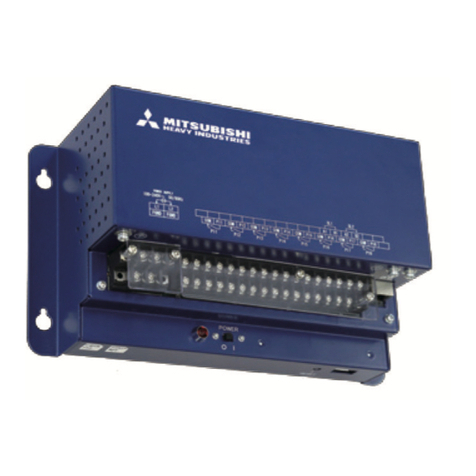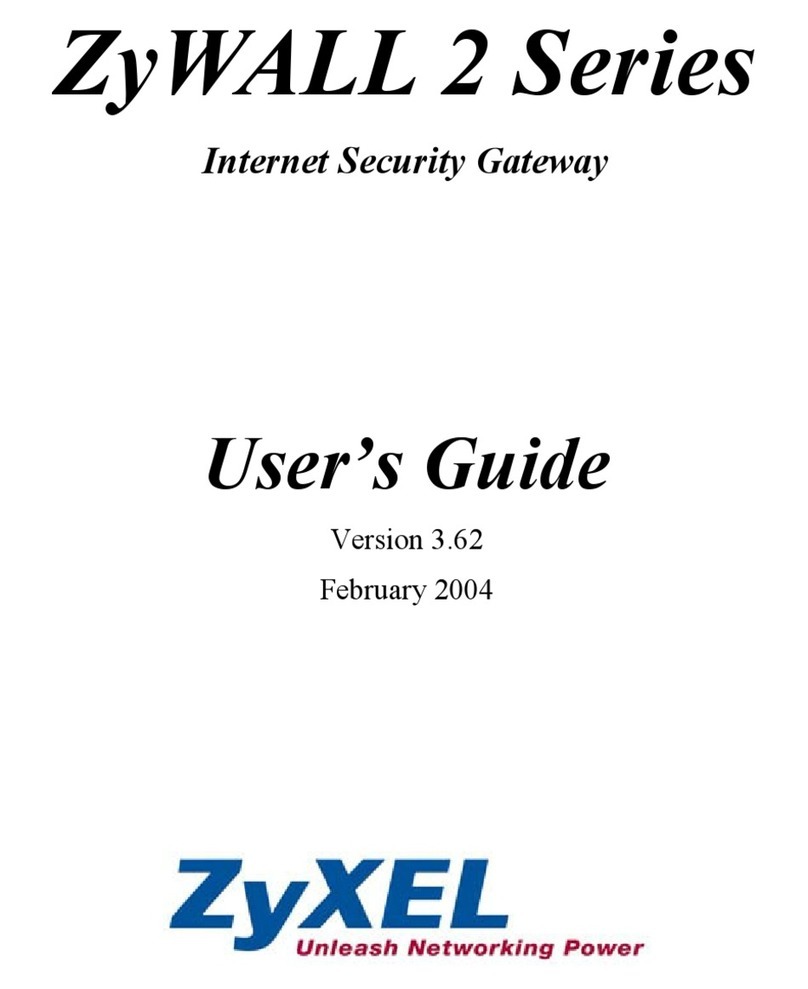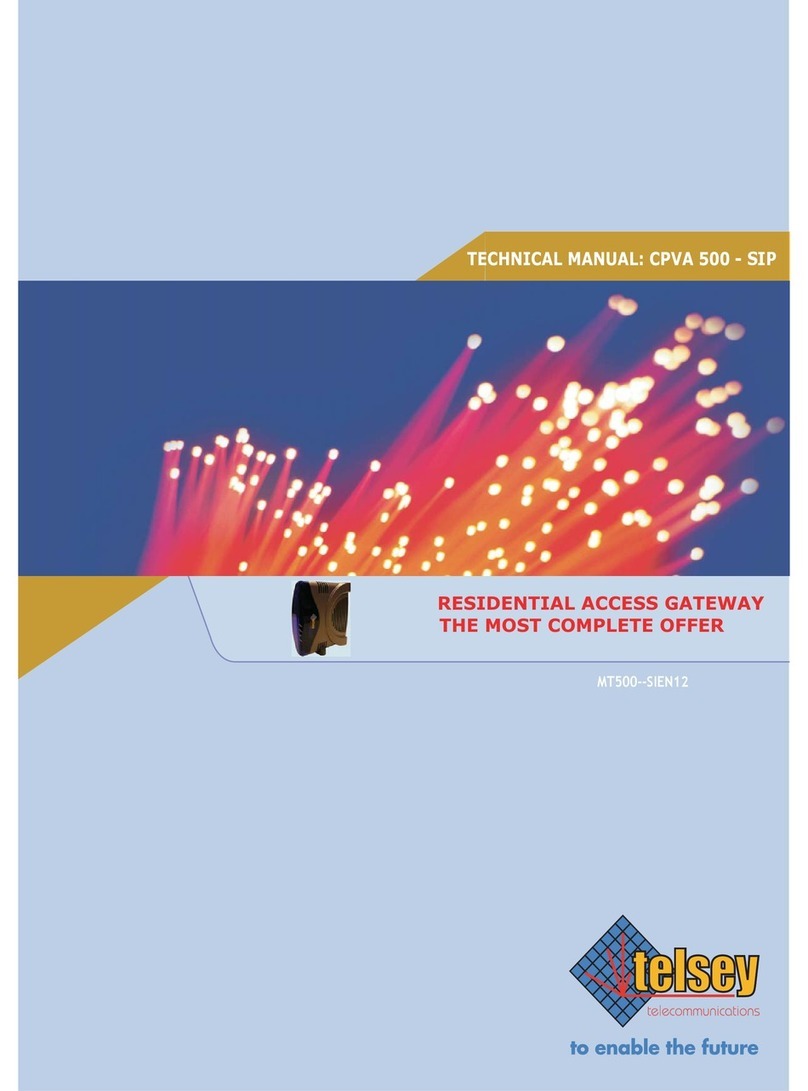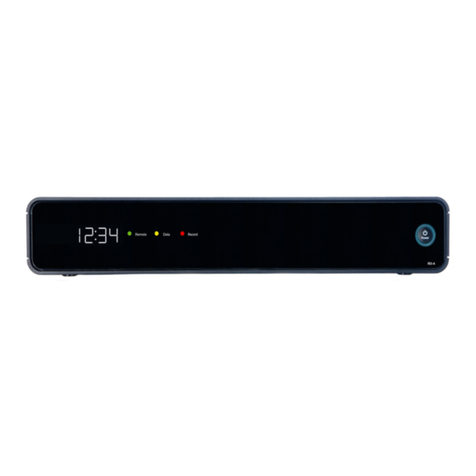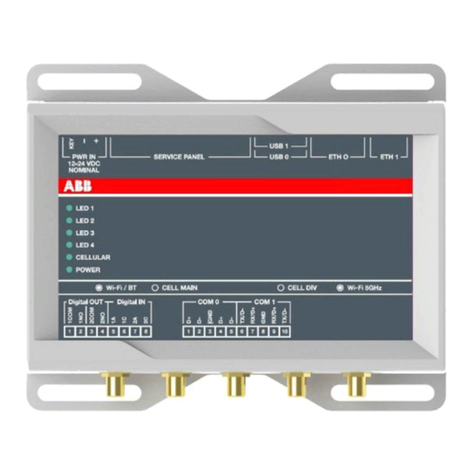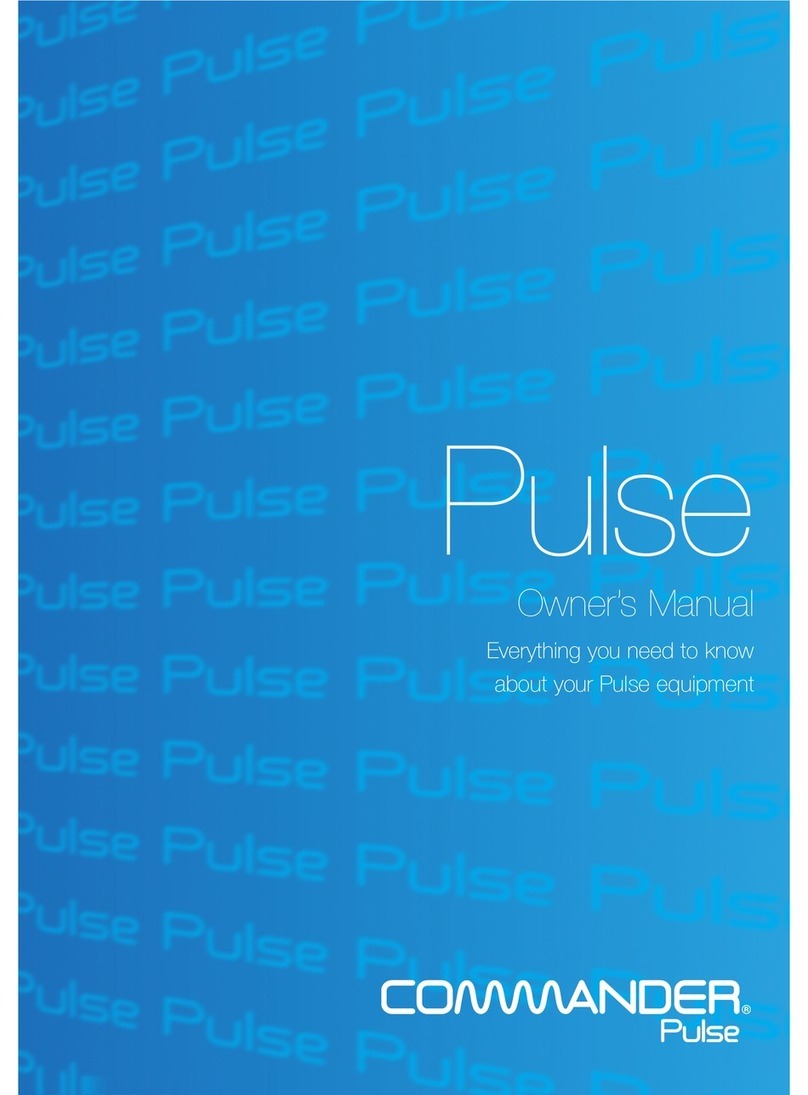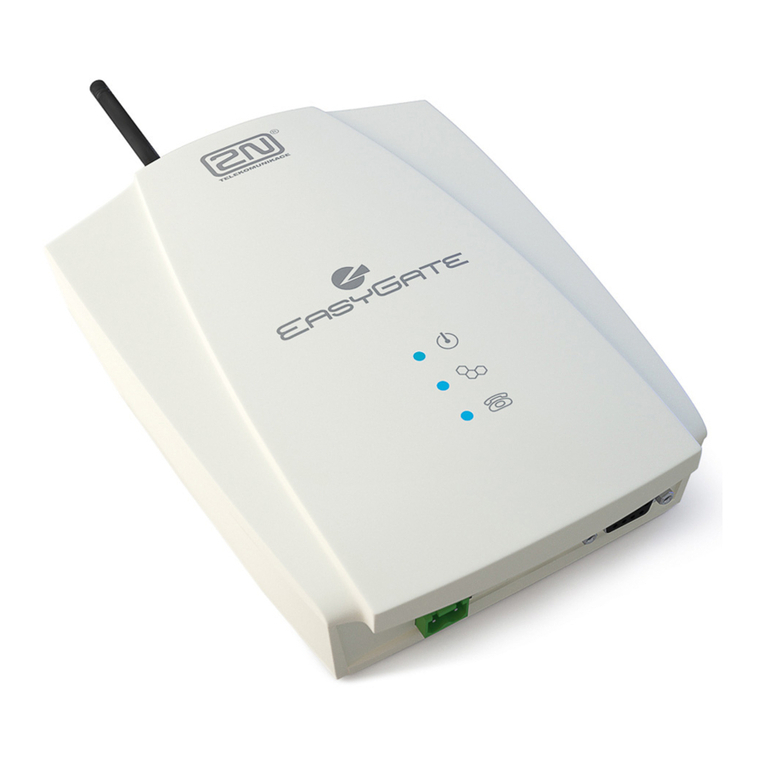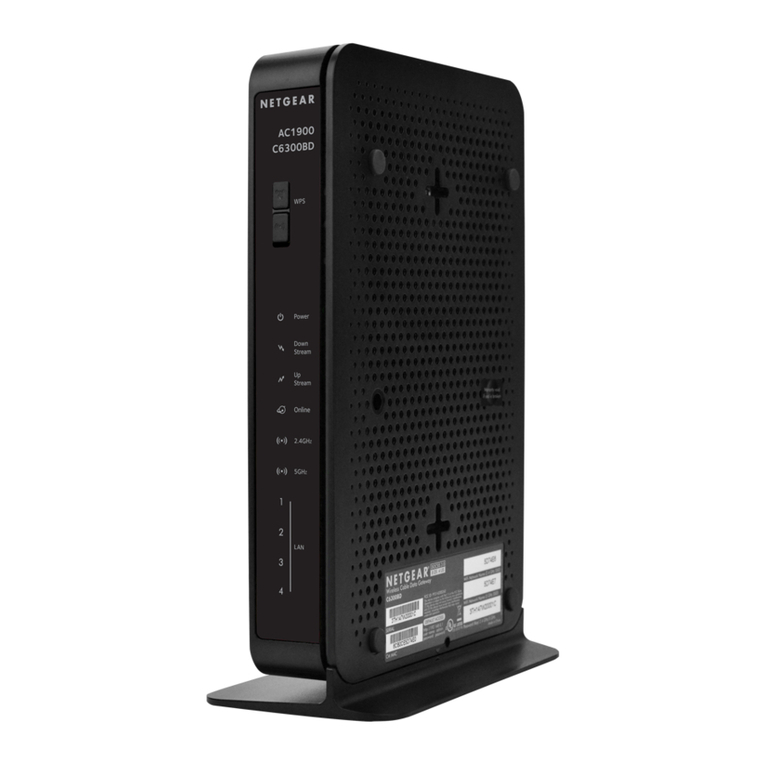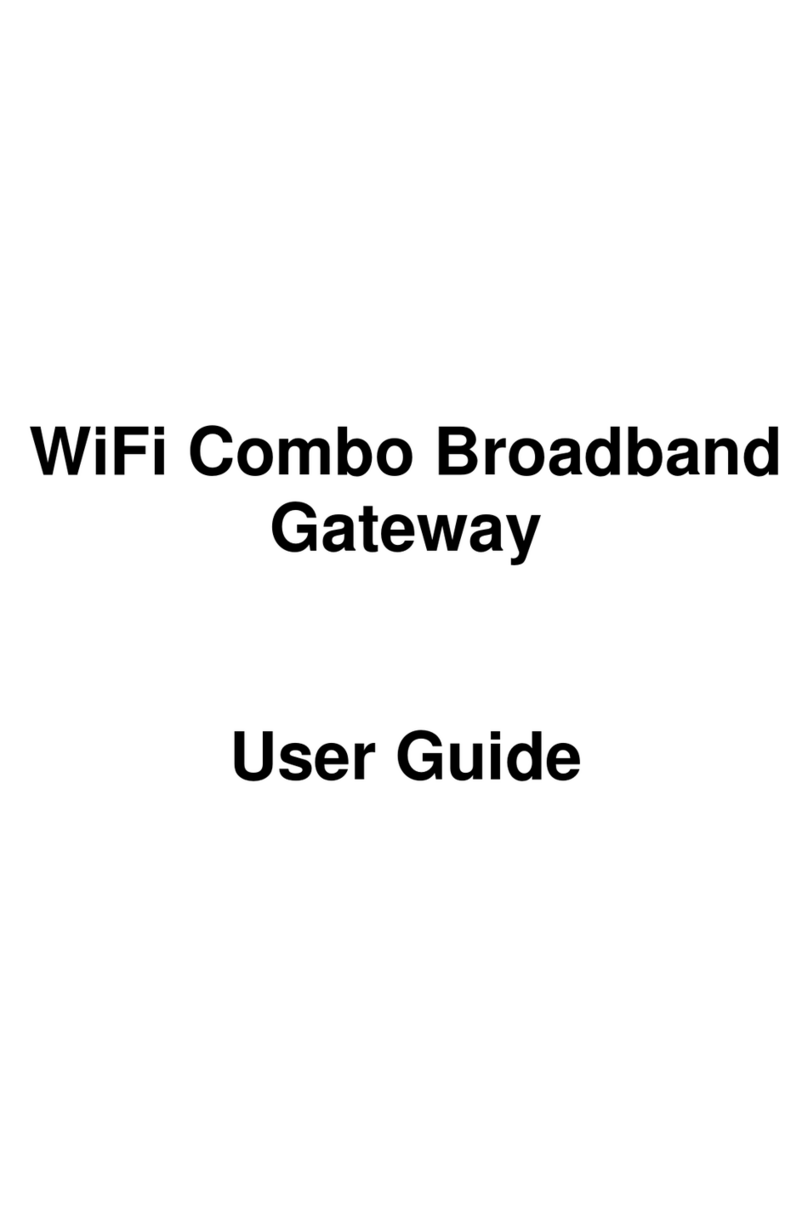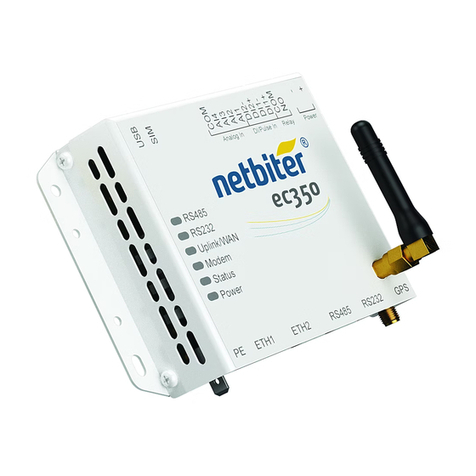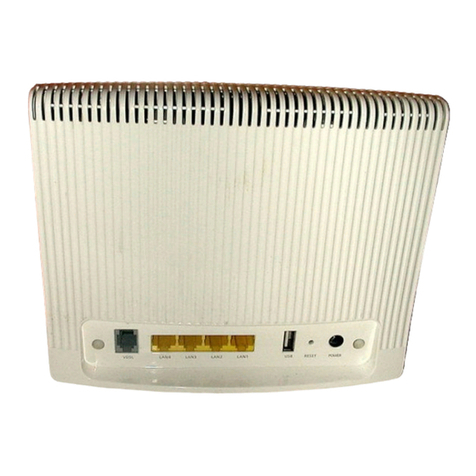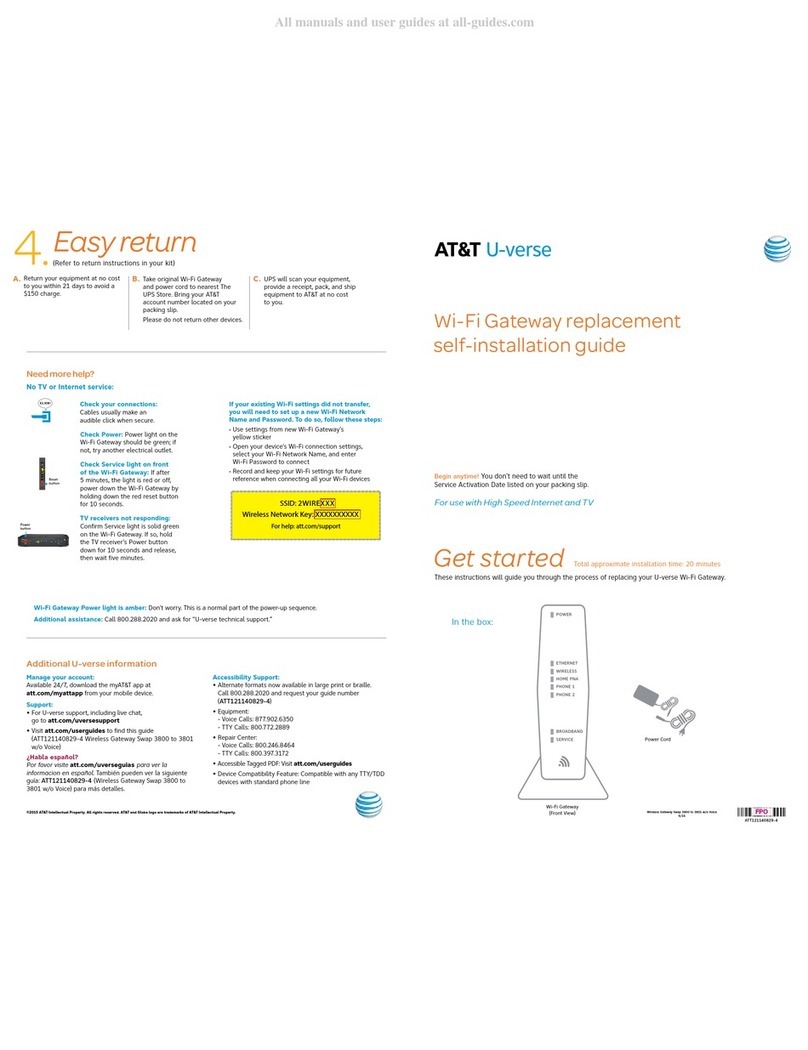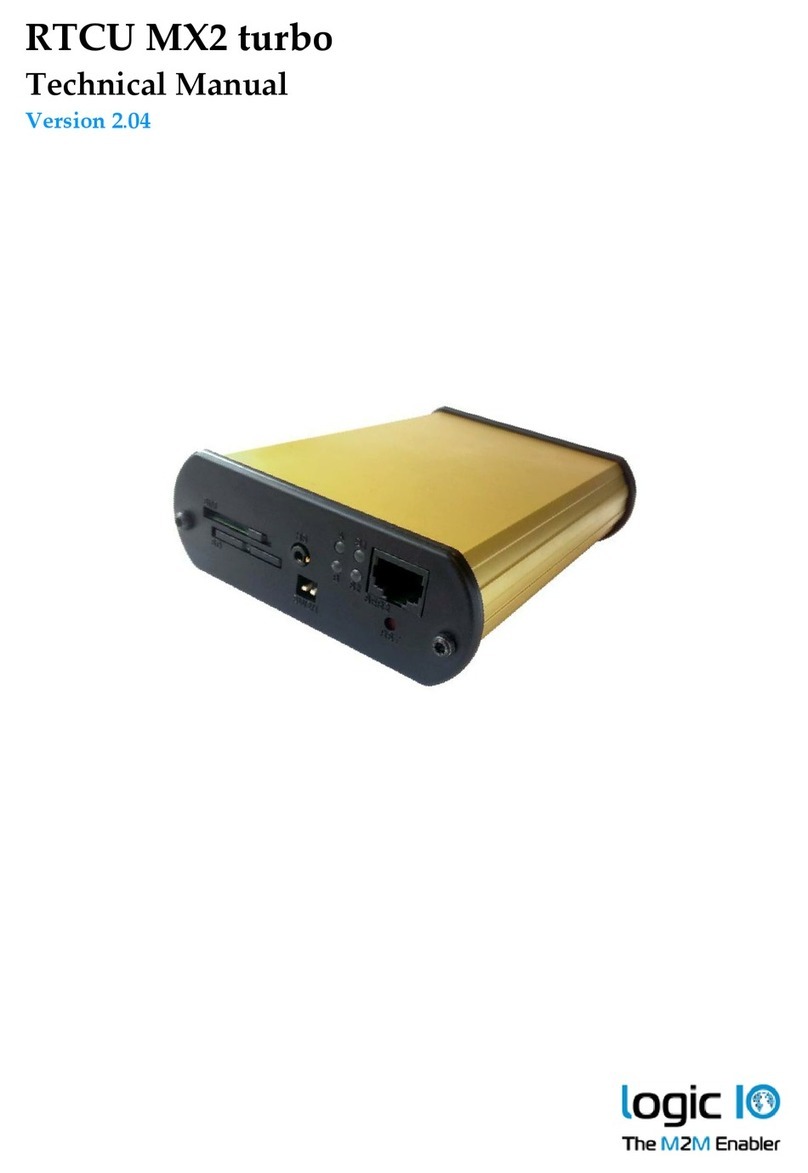
Part 1615959−01 E2019 Nordson Corporation
tents
Table of Contents
Safety 1.......................................
Qualified Personnel 1.........................
Intended Use 1..............................
Regulations and Approvals 1..................
Personal Safety 2............................
Fire Safety 2................................
Grounding 3.................................
Action in the Event of a Malfunction 3...........
Disposal 3..................................
Description 4..................................
Installation 5..................................
Installing Gateway into
External/Auxiliary Controller 5.................
Electrical Power 6............................
Fieldbus Connection 6.......................
Gateway PCA (Printed Circuit Assembly)
Board Jumper Settings 7.....................
Software 8....................................
Overview 8..................................
Hardware Requirements 9....................
PCA −PLC Gateway Controller 9............
Anybus Network Interface Module 9.........
Gateway Software 10..........................
Software Version 11........................
Addressing Modes 12.........................
Broadcast Messages 12.....................
Multicast Messages 12......................
Unicast Messages 12.......................
IO Image Table Configuration 13................
IO Image Table −Module Definitions 15.......
Sending Messages from the PLC 24.............
Broadcast Messages from the PLC
(IO Module 1) 26...........................
Multicast Messages from the PLC
(IO Modules 2 and 8) 28....................
Unicast Messages from the PLC 28...........
Flow % Adjust Message 31..................
Reading Data at the PLC −Input Image Table 32..
Gun Monitored Data 32.....................
General System Status 38..................
Gateway Heartbeat 39......................
Parts 40.......................................
Gateway Replacement Parts 40.................
Optional Equipment 40........................
Contact Us
Nordson Corporation welcomes requests for information, comments, and
inquiries about its products. General information about Nordson can be
found on the Internet using the following address:
http://www.nordson.com.
Address all correspondence to:
Nordson Corporation
Attn: Customer Service
555 Jackson Street
Amherst, OH 44001
Notice
This is a Nordson Corporation publication which is protected by copyright.
Original copyright date 2019. No part of this document may be
photocopied, reproduced, or translated to another language without the
prior written consent of Nordson Corporation. The information contained
in this publication is subject to change without notice.
Trademarks
Encore, HDLV, Nordson, and the Nordson logo are registered trademarks
of Nordson Corporation.
All other trademarks are the properties of their respective owners.



